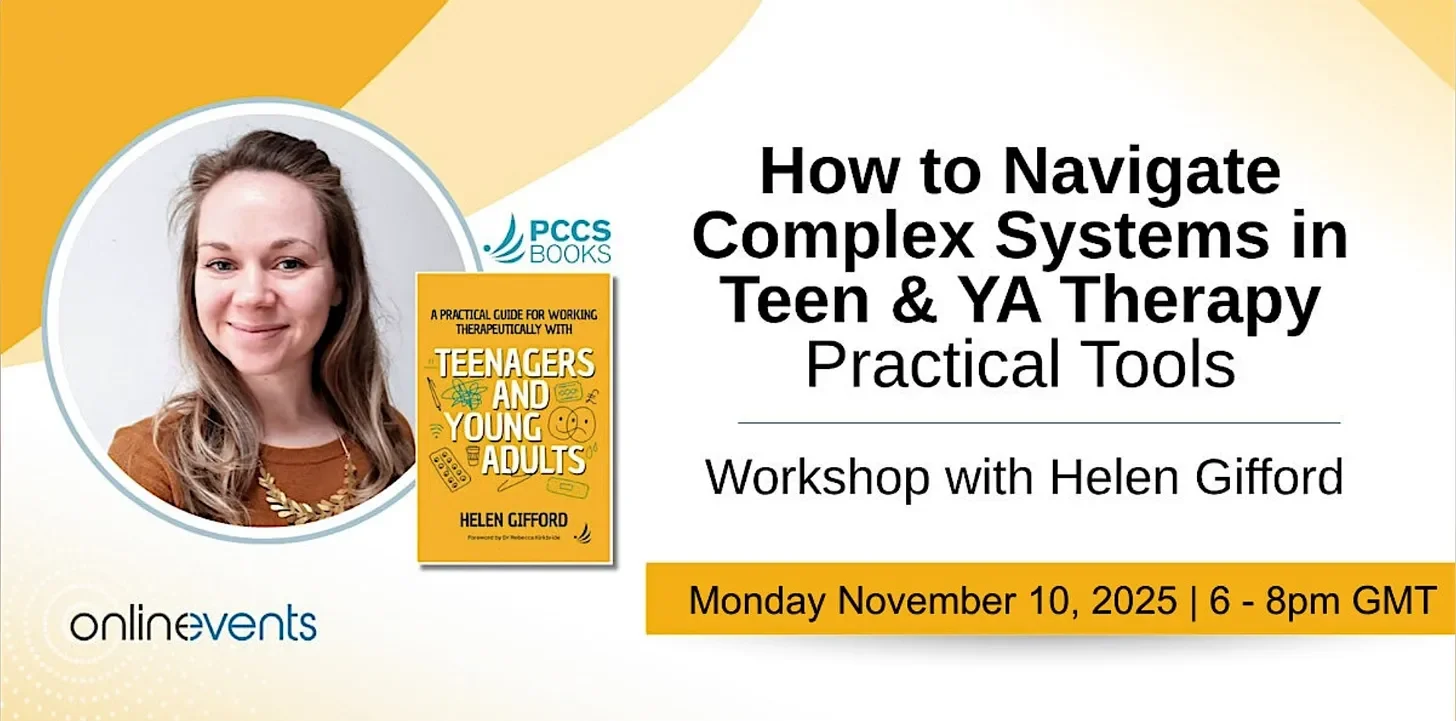Between the Field and the Yard:
Finding Belonging When You Don’t Fit In
🌿 The Early Divide
The beginning of primary school was great, and I was friends with everyone.
But around Year 4, when I was 8 years old, by some unwritten agreement, it shifted. The boys all moved to the field and the girls to the yard. It was football or role-play games. I liked both, but I wasn’t accepted in either.
The boys said I wouldn’t be good enough at football, even though I had played with them just last year.
The girls flicked their hair, tugging on frilled white socks and ignored me, no dismissal, just nothing.
So I watched.
Standing next to the teaching assistant on duty, I watched the football and the plays and dances, all from the sidelines. I didn’t fit.
Looking back, that moment, the quiet division of the playground, was the start of something I didn’t yet have words for, and maybe still don’t. It wasn’t about gender or identity then, not consciously, but about belonging. About where you’re allowed to stand, and who decides
Adolescence - The Search for Belonging
In secondary school, it didn’t get much better, except there were some other students who, for different reasons, didn’t fit, and we stuck together, like penguins huddled with our backs to the predators.
My TikTok algorithm began to fill with videos about people who were trans or gender neutral. But I didn’t know which one I was, if any. I just felt other.
I didn’t know how to dress, how to deal with puberty, what pronouns feel right or even who I’m attracted to, so I just don’t. I accept whatever anyone says, I keep my clothing dark and plain, and I don’t admit to “liking” anyone.
There was a small LGBTQ+ group run by one teacher in school; they all advocated hard, creating posters and celebrating Pride. I envied their camaraderie, but they all knew which letter they were. I didn’t know, and if I chose one, what if I chose wrong?
For many young people today, identity isn’t something fixed; it’s a landscape they’re still learning to walk through. It is also a landscape that has become more fluid. Social media offers mirrors, but often too many. When you’re still forming, every reflection can feel both comforting and confusing
The Therapy Room
I’d agreed to counselling but was scared. I didn’t know what to say. I didn’t know myself.
Among a list of questions, the counsellor asked, quite casually, while holding her paperwork, if I felt comfortable with my gender identity.
I stuttered, “Sure, erm… not… um, maybe? Probably not.”
She nodded. “Okay,” and ticked a box.
What box could she possibly have ticked with that answer?
“Would you like to focus on this at all?” she asked.
I stared, slack-jawed, unsure how to respond.
“Maybe we can come back to it, hmm?”
I nodded.
I angled my head, trying to see what she’d written. Was there a box for ‘completely confused’?
To my surprise, she turned the form around for me to see. “It’s your information, not mine,” she said gently. “Please check it and let me know if you’d like me to change anything.”
I scanned the page. She had ticked ‘Exploring / Questioning.’
“Is that okay?” she asked. “I made an assumption, I know.”
“I think so. I didn’t know that was an option.”
She smiled. “I think really, life is forever exploring.”
Holding Space for Uncertainty
As therapists, we’ve all been in that position, asking something meaningful because it’s on the form, not yet knowing the weight the question might carry.
What feels simple to us can land like a spotlight for someone still learning who they are.
Carefully monitoring and considering language and tone can help shift that weight to something lighter, as well as being transparent about any recorded information.
When working with young people, we can be so eager to help them define themselves that we forget the power of not knowing yet.
The therapy room shouldn’t demand or even offer clarity; it should offer space to explore. For a young person, being given space to say “I don’t know” can be the most relieving thing in the world.
Inclusion can mean sitting in the uncertainty with them, not rushing to label, fix, or reassure.
Belonging Before Identity; sometimes belonging starts with someone saying, “You’re welcome here, exactly as you are, even while you’re figuring it out.”
Between the field and the yard, in that space where certainty hasn’t yet arrived, we can offer young people the safety to be in process.
🌿💛 For those of us supporting young people, in therapy, in schools, in families, maybe our job isn’t to help them find the right group, but to help them feel at home while they’re still searching.
💭 How do you hold space for uncertainty, in yourself, in clients, or in the young people you work with?
Whether you are reading as a professional, a parent or someone interested in therapy, I would love to hear your thoughts and reflections. Please share a comment or message.
Until next time,
💛🌿 Helen
If you are interested in supporting young people, join me for a workshop exploring the complex systems young people navigate and the ones we can lean on as professionals supporting them.




